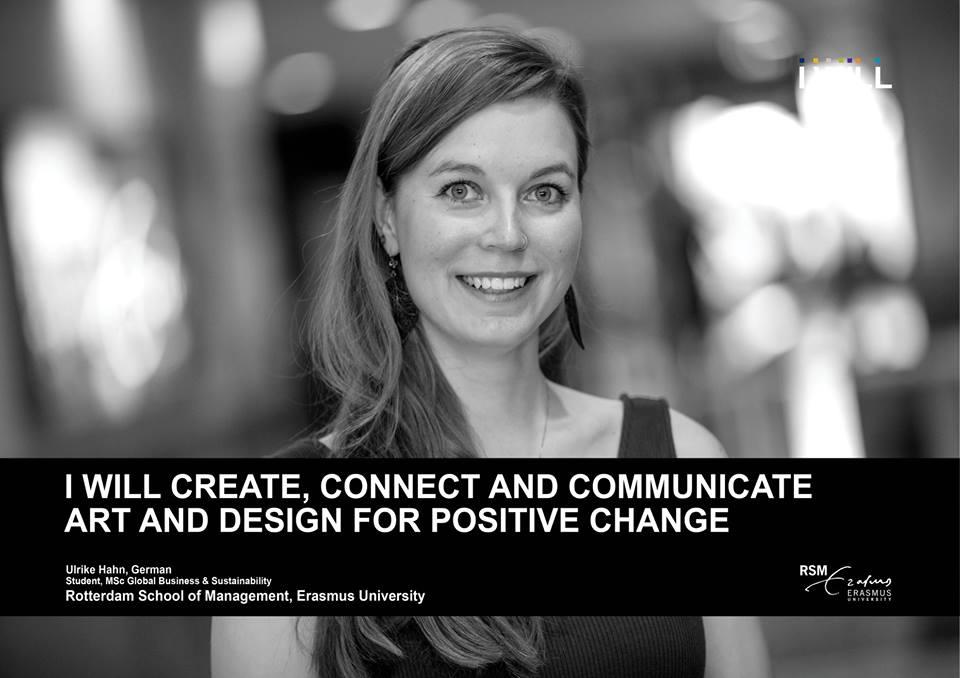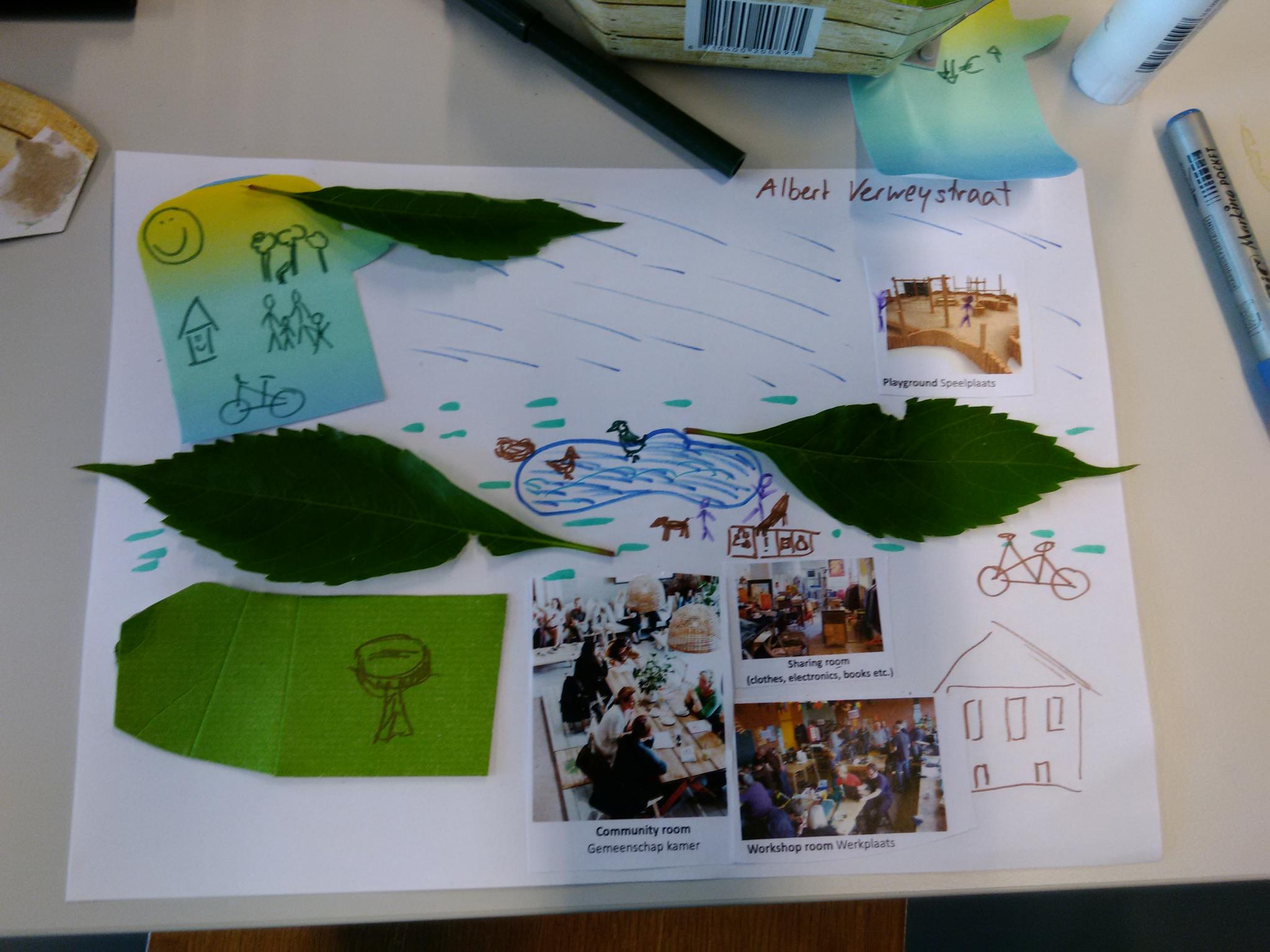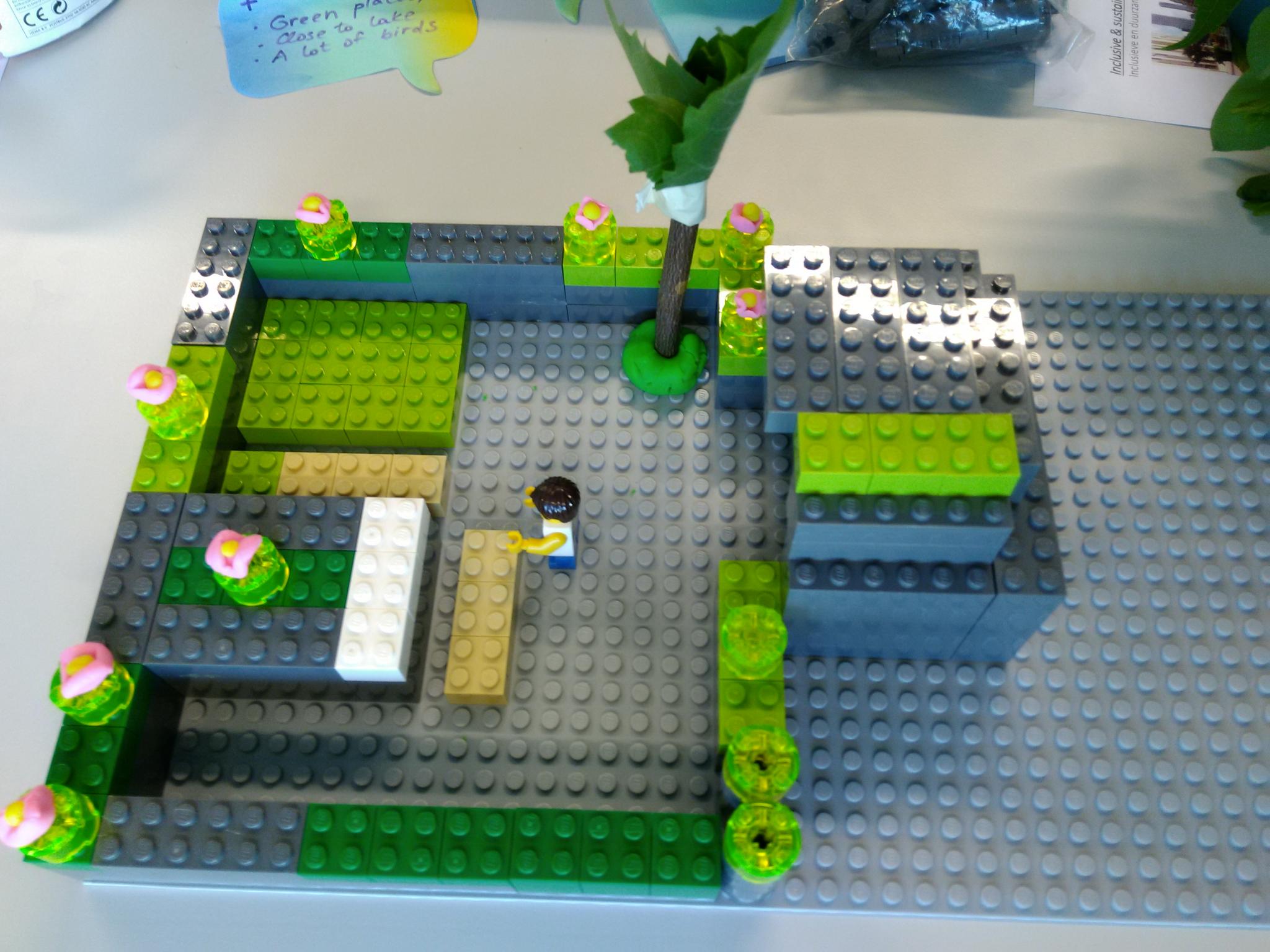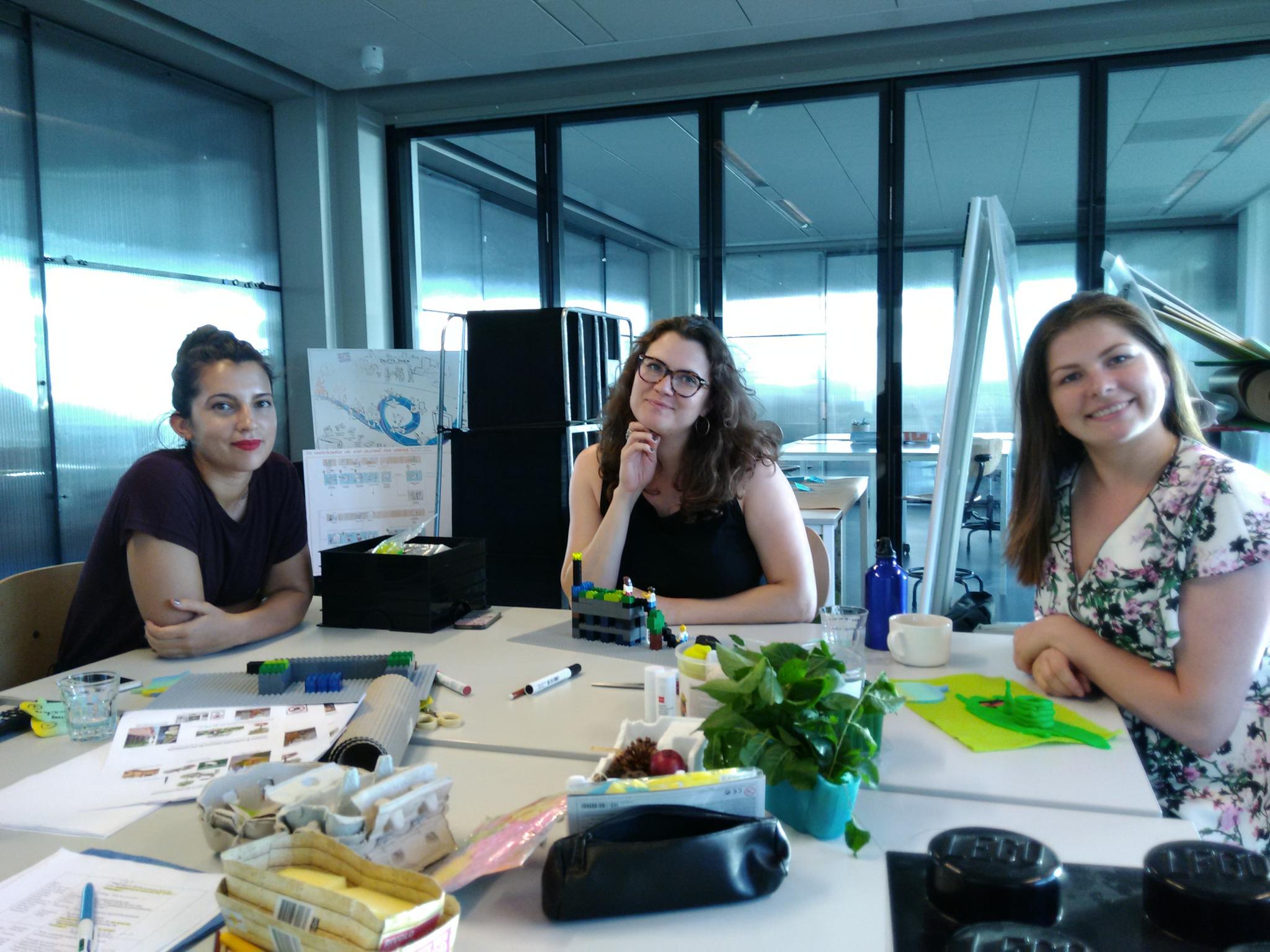It makes sense for business and arts to be combined; rational and creative thinking go hand in hand"
- Ulrike Hahn,
MSc. Global Business and Sustainability
“It makes sense for business and arts to be combined because it is important that rational and
analytical thinking go hand in hand with creativity”.
Ulrike Hahn, student of MSc. Global Business and Sustainability at Erasmus University Rotterdam
believes there is a lot of potential for more collaboration between businesses and arts, and explores how they can stimulate sustainability.

Recently, Ulrike defended her Master’s thesis that she completed in collaboration with LDE Centre for Sustainability’s Inclusive City Hub. She wrote about how participatory art can be used in communities to develop the idea of a circular economy.
Ulrike’s experiences led to the ideal circumstances to provide the grounds for her ideas. Before
studying MSc. Global Business and Sustainability, she completed another Master’s degree in Arts,
Culture and Society, as well as worked with a painting and sculpting artist in Nice, France.
From here, the idea developed that people like you and I, the general public, can do something
creative and connect that to sustainability.
The idea developed that people like you and I can do something creative and connect it to sustainability".
As part of her research, Ulrike made the most of writing her thesis with the Inclusive City Hub, which she describes to have been an incredibly helpful experience.
“It was good to interact with people from different programs and brainstorm about how to progress with data collection analysis, and understand and exchange ideas about how other people conduct research", she notes. Apart from providing a solid support system, the Inclusive City Hub provided a location as well as materials to help her conduct research, which she did in the form of workshops.

The workshops were conducted with the goals of participatory urban design and circular economy.
Before the creative workshops, participants were given an introduction to the circular economy,
and stimulated to think about this concept.

“I wanted to see if people can use art to express themselves, and to show an interest in their
environment. People had the freedom to come up with any ideas to improve their neighbourhood, and different tools like paint, lego bricks and recycled materials were provided as visual aids”.
In this way, people could express their creativity, connect with their neighbourhood and think about how this may be improved to become more circular. It is a creative, practical and a new and different way to engage directly with people, so rather than having a formal lecture, people feel more involved.
Participatory art for urban design is a creative, practical and different way to engage directly with people. People feel more involved".

Interested in writing your Master thesis with one of our Hubs, or providing research topics to interested Master students?
Find out about our Hubs and attend the 'Master Thesis Market: Sustainability' on 23 September!

